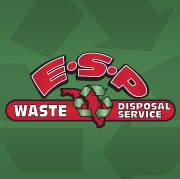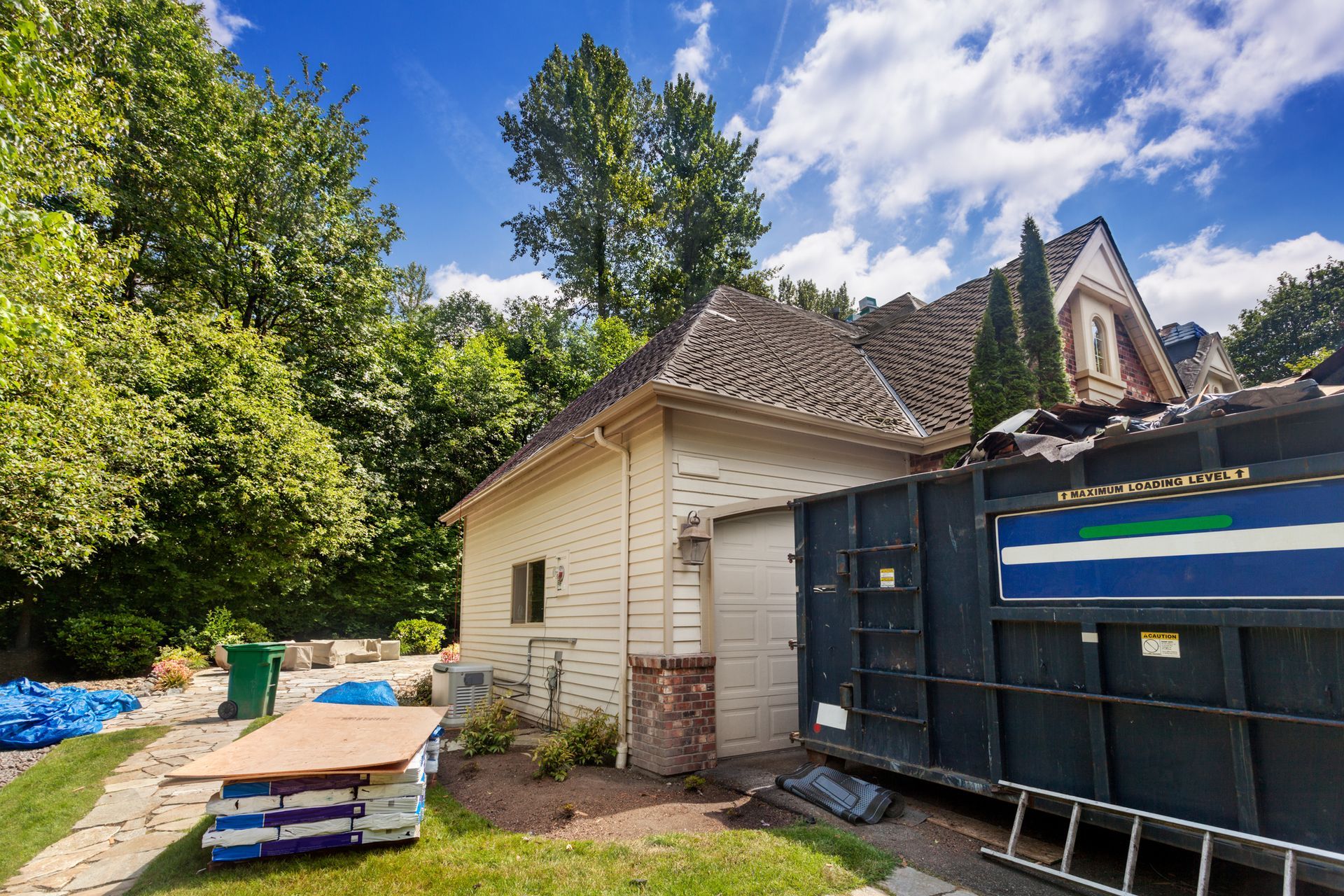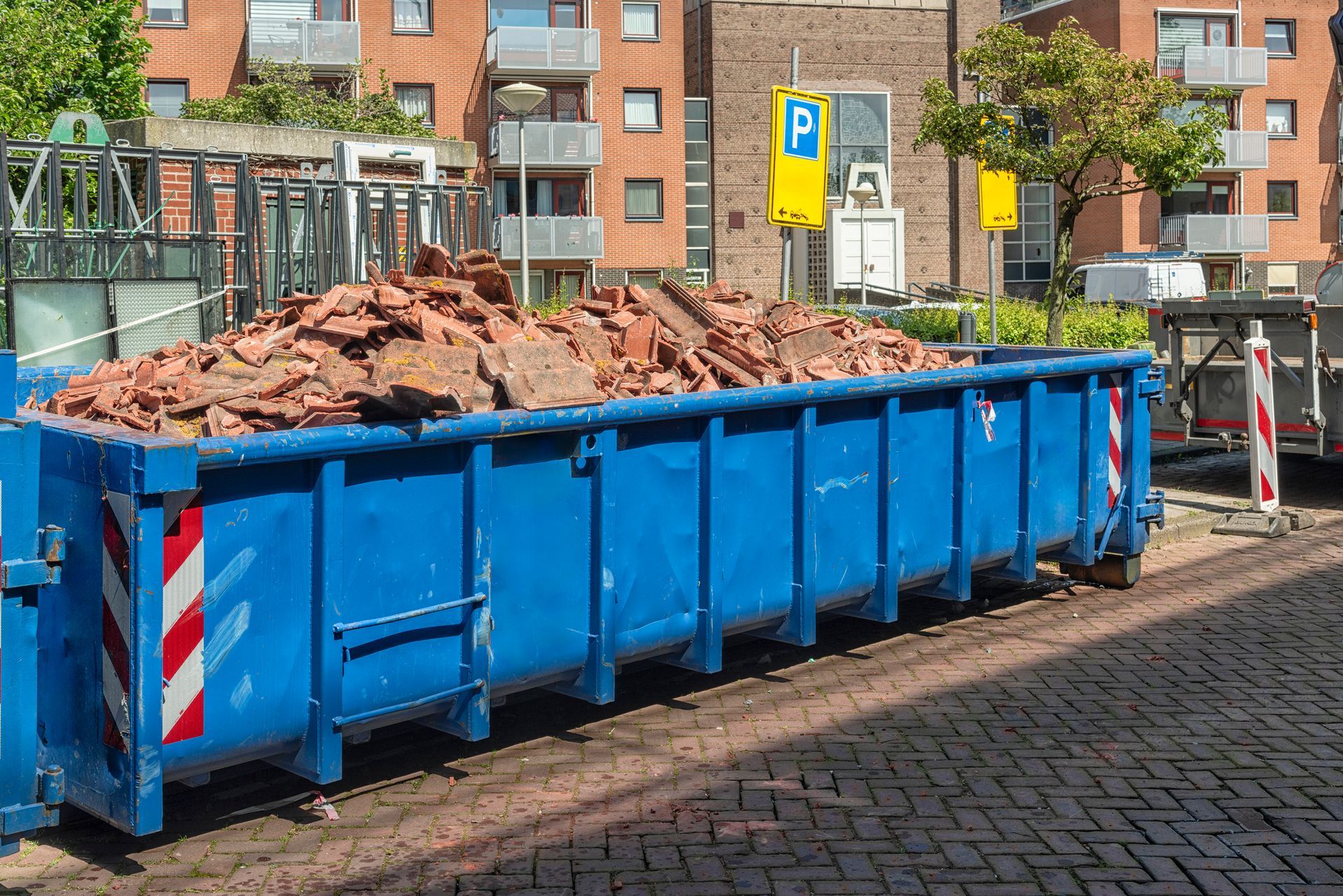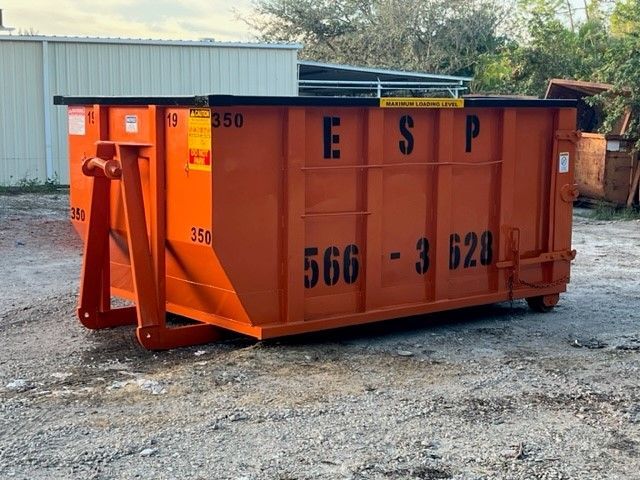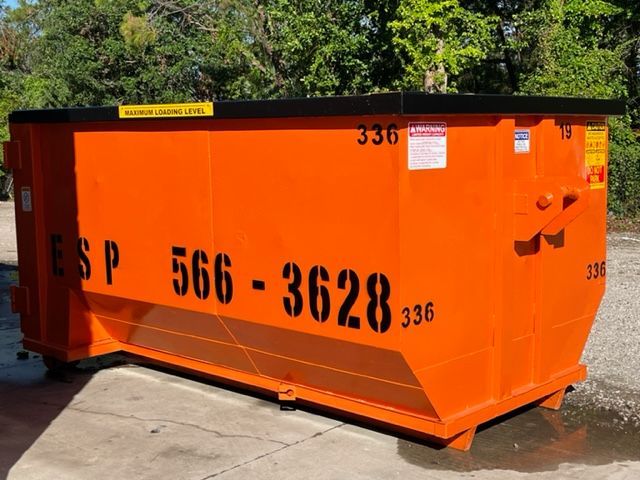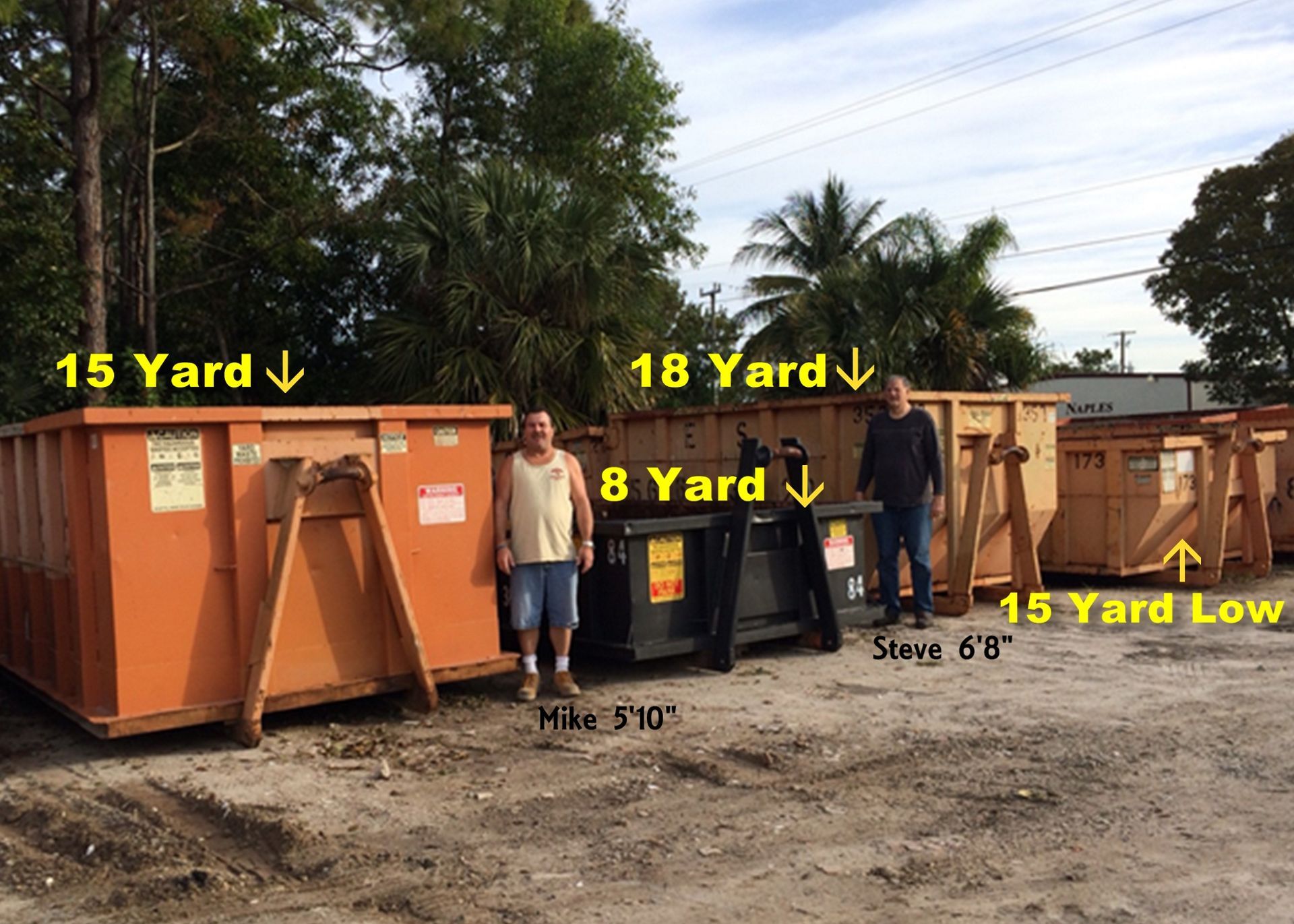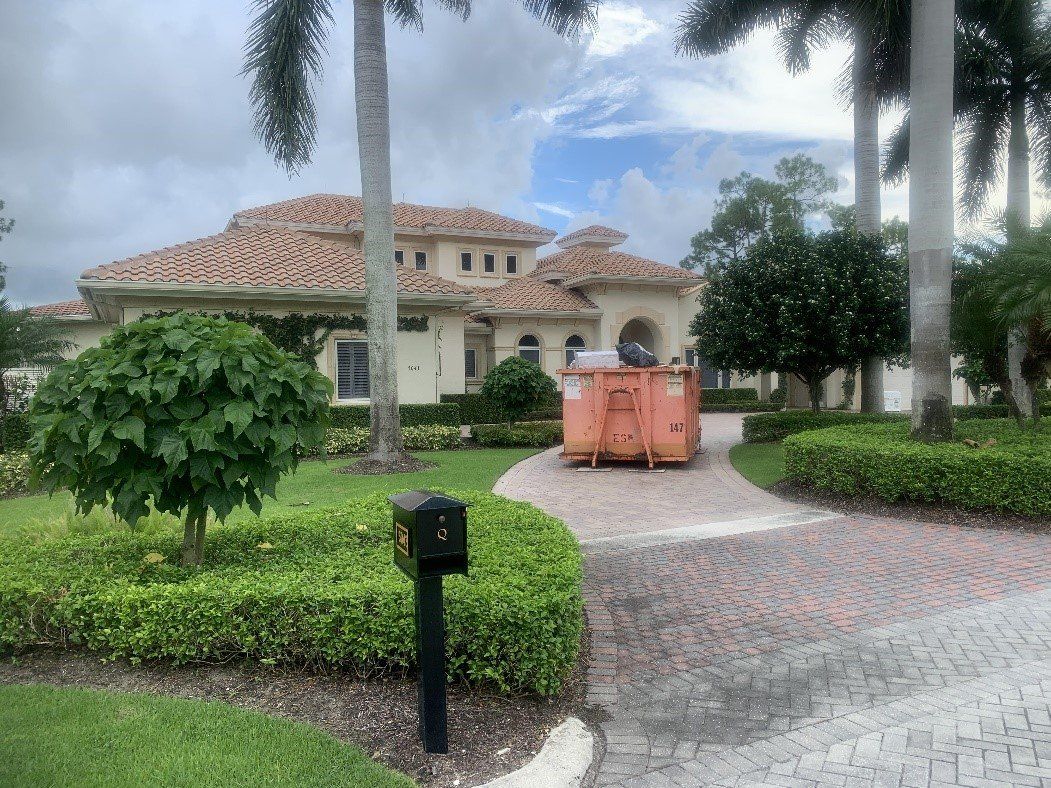Managing Debris After a Hurricane with Dumpster Rental
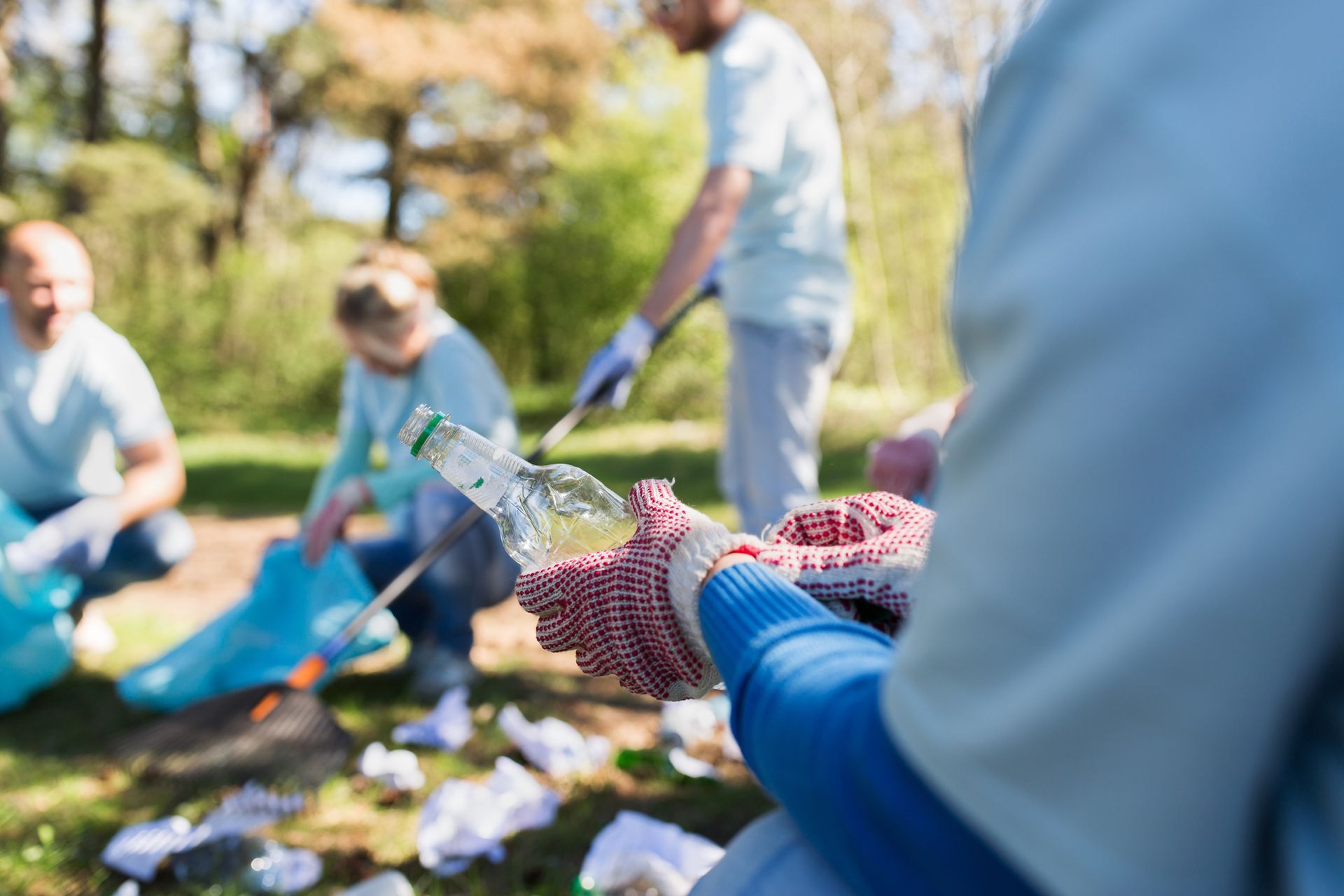
When a hurricane hits, the aftermath can be devastating. Homes and neighborhoods are left in ruins, with debris scattered everywhere. Managing waste after a hurricane is crucial for the recovery process. One effective solution is to utilize dumpster rental services to efficiently remove debris and clean up the affected areas. In this blog post, we will explore the benefits of using dumpsters for post-hurricane cleanup and provide tips on how to properly manage waste after a natural disaster.
Importance of Proper Waste Management
The aftermath of a hurricane can result in large amounts of debris, ranging from fallen trees and branches to damaged furniture and household items. This debris can pose serious safety hazards and hinder the recovery efforts of affected communities. Proper waste management is crucial for several reasons.
Ensures Safety
Debris left scattered after a hurricane can be dangerous for both residents and relief workers. Sharp objects, contaminated materials, and hazardous waste can all be present in the debris. Proper disposal of these items through dumpster rental services can help prevent accidents and injuries.
Protects the Environment
Improper disposal of hurricane debris can have serious environmental consequences. Debris left on streets and in waterways can contaminate soil and water sources, leading to long-term damage to the ecosystem. Dumpster rental services ensure that debris is collected and disposed of in an environmentally-friendly manner
Speeds up Recovery
Removing debris in a timely and efficient manner is crucial for the recovery process after a hurricane. By utilizing dumpster rental services, communities can quickly clear out affected areas, making it easier for residents to begin rebuilding their homes and businesses.
Benefits of Dumpster Rental
Renting a dumpster for post-hurricane cleanup offers several advantages. Firstly, dumpsters come in various sizes to accommodate different amounts of waste, allowing for customized solutions based on the scale of the cleanup effort. Additionally, dumpsters are delivered and picked up by the rental company, eliminating the need for individuals to transport debris to disposal sites. This not only saves time and effort but also ensures that waste is disposed of properly and in compliance with environmental regulations.
Tips for Using Dumpster Rental After a Hurricane
When renting a dumpster for post-hurricane cleanup, there are a few tips to keep in mind. It is important to choose the right size dumpster based on the amount of debris to be collected. Carefully consider the placement of the dumpster to ensure easy access for debris removal. Additionally, segregate waste materials to facilitate recycling and proper disposal. Finally, communicate with the dumpster rental company to coordinate delivery and pickup times for optimal efficiency.
Environmental Impact of Proper Waste Management
Proper waste management after a hurricane not only benefits the affected areas but also has a positive impact on the environment. Recycling materials recovered from debris can help reduce the strain on natural resources and minimize waste sent to landfills. By using dumpster rental services, individuals can contribute to sustainable waste management practices and promote environmental conservation in the aftermath of a natural disaster.
In conclusion, the aftermath of a hurricane presents formidable challenges, particularly when it comes to managing the vast amounts of debris generated. However, by leveraging dumpster rental services, affected communities can address these challenges head-on. Proper waste management through these services not only ensures safety and environmental protection but also significantly speeds up the recovery process. As we've explored, choosing the right dumpster size, strategic placement, and effective waste segregation are key considerations that can enhance the efficiency of post-hurricane clean-up efforts. Ultimately, integrating dumpster rentals into disaster recovery plans embodies a proactive approach to environmental stewardship and community resilience. By prioritizing the principles outlined in this guide, individuals and communities alike can contribute to a more sustainable and swift recovery following the devastating impact of hurricanes.
Contact us today to learn more.
